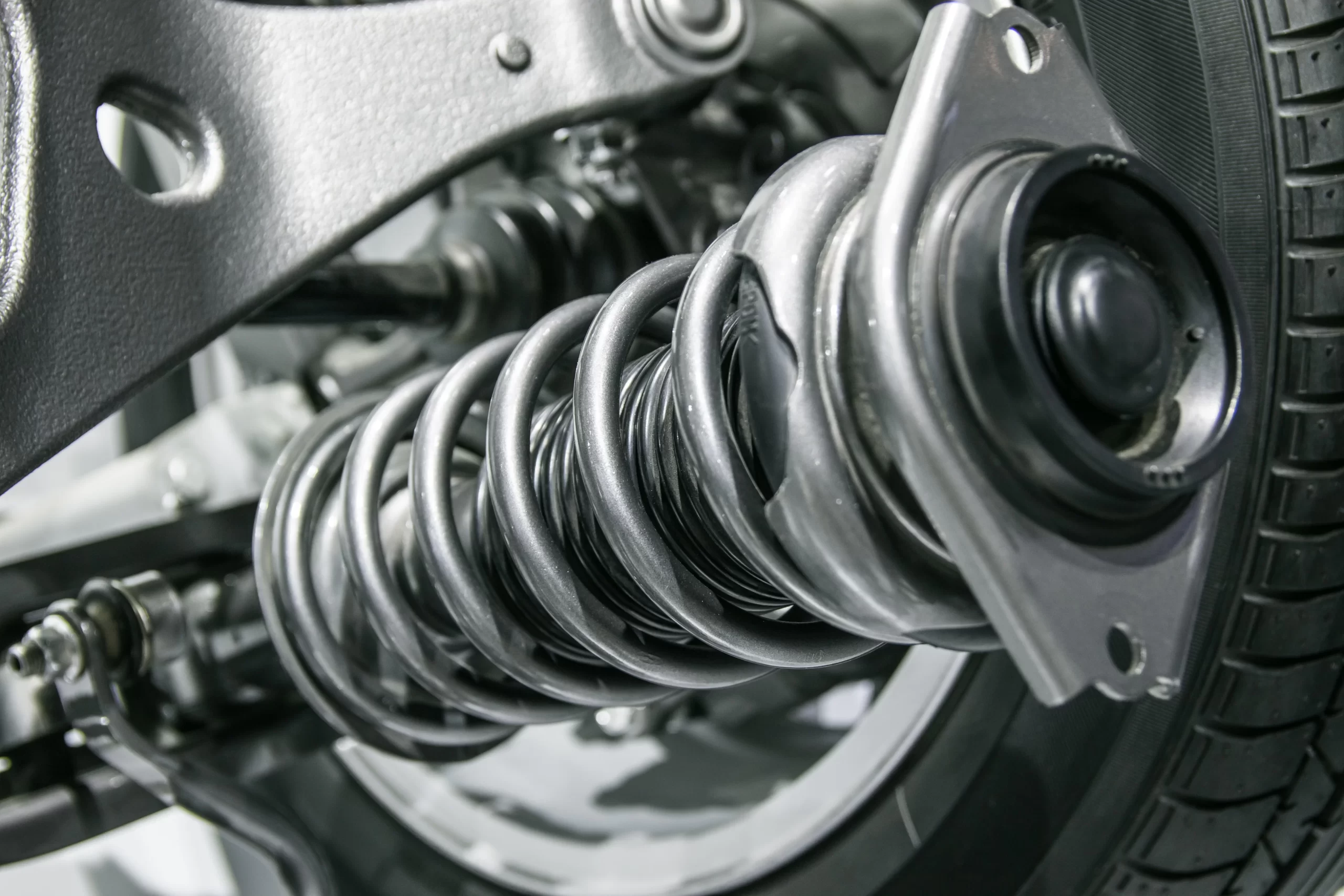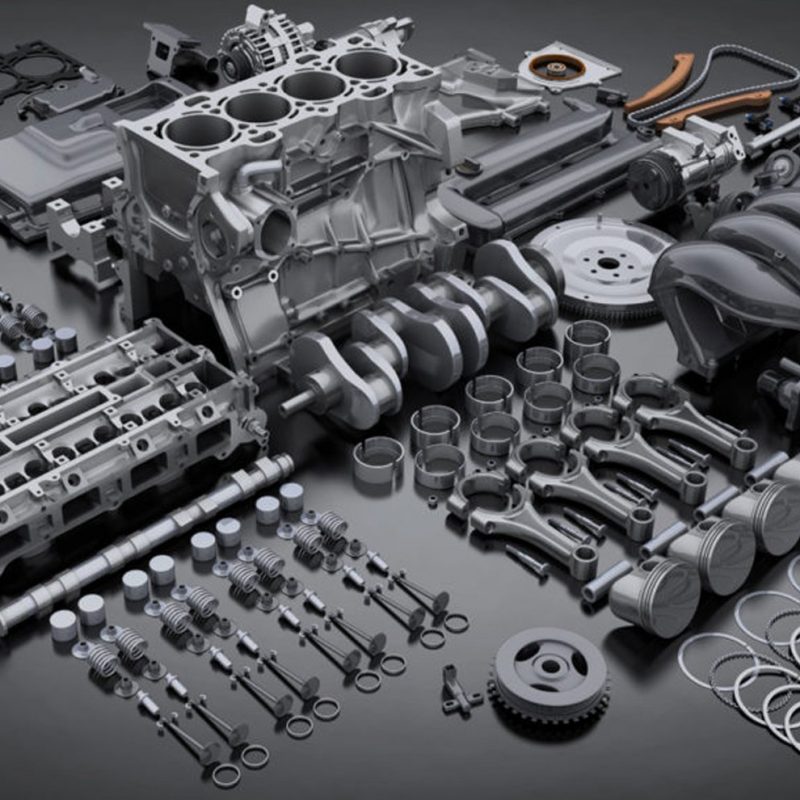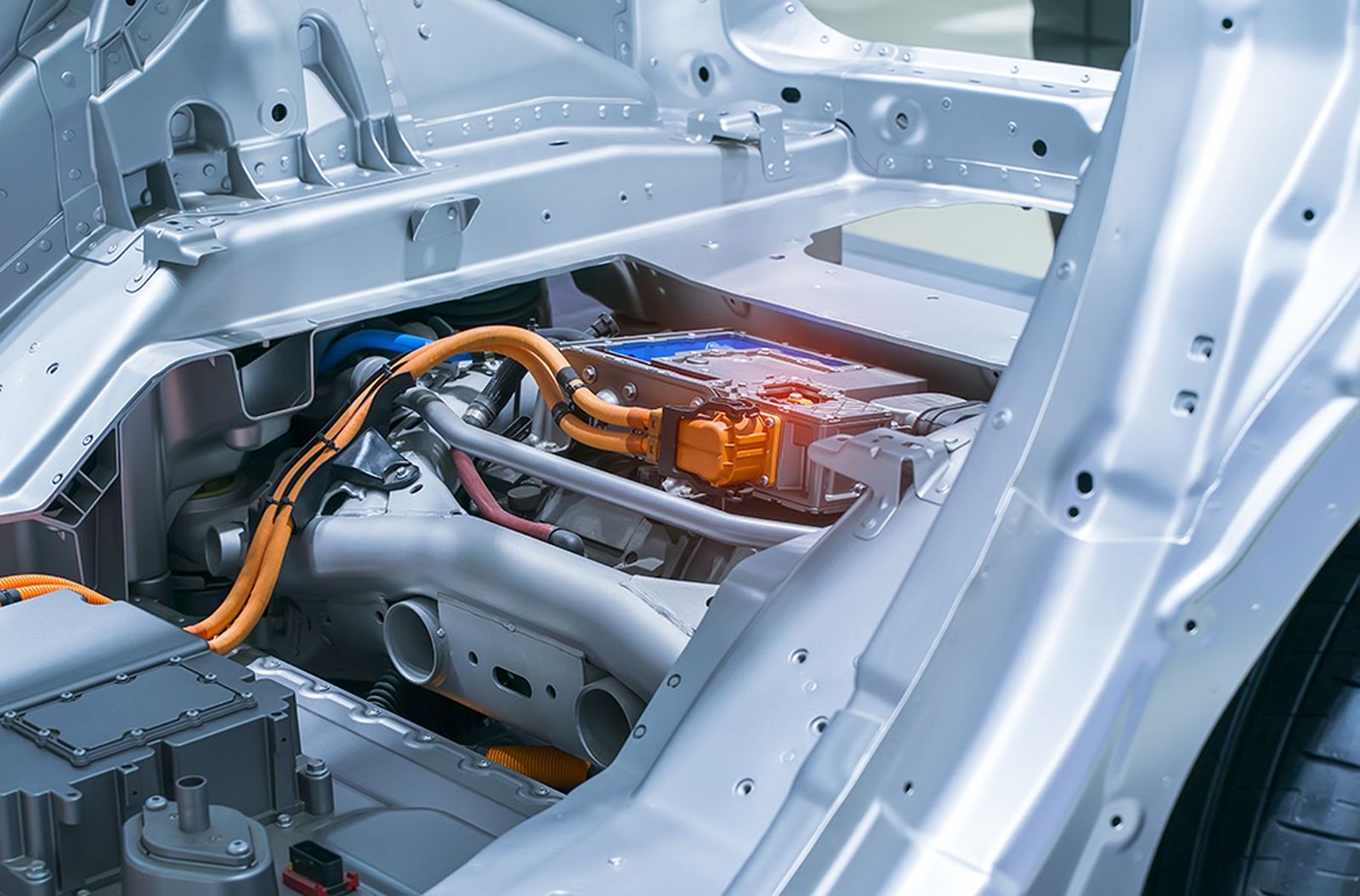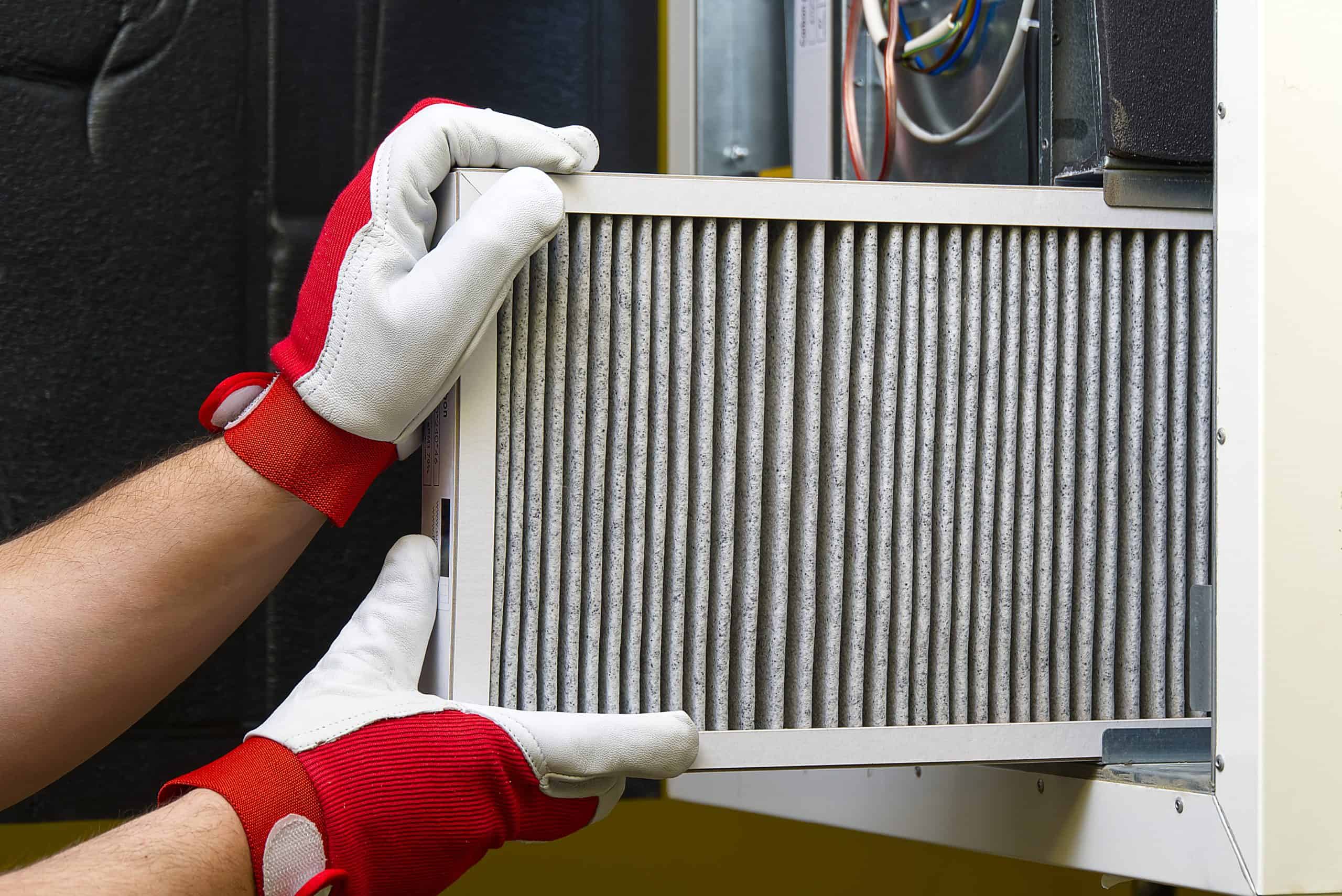Exploring the Different Types of Heavy Vehicle Suspension Components
Exploring the Different Types of Heavy Vehicle Suspension Components
Heavy vehicles, such as trucks and buses, have complex suspension systems that are designed to handle the heavy loads and rough terrain they encounter on the road. These suspension systems consist of several different components that work together to provide a smooth ride for the vehicle and its passengers. In this essay, we will explore the different types of heavy vehicle suspension components and how they function.
The first component of a heavy vehicle suspension system is the spring. Springs are used to support the weight of the vehicle and its load, and to absorb shocks from the road surface. There are two main types of springs used in heavy vehicle suspension systems: leaf springs and coil springs. Leaf springs are made up of several layers of flat steel plates that are stacked on top of one another. They are typically used in the rear suspension of heavy vehicles because they are able to handle heavy loads and provide a smooth ride. Coil springs, on the other hand, are made up of a single coil of steel wire. They are generally used in the front suspension of heavy vehicles because they provide a more precise and responsive handling.
Another important component of a heavy vehicle suspension system is the shock absorber. Shock absorbers are used to dampen the vibrations and movements of the vehicle’s suspension, helping to keep the vehicle stable and in control. There are two main types of shock absorbers used in heavy vehicle suspension systems: hydraulic and air. Hydraulic shock absorbers use a piston and oil to dampen the suspension’s movements, while air shock absorbers use compressed air to do the same. Air shock absorbers are commonly used on heavy vehicles because they are more durable and require less maintenance than hydraulic shock absorbers.
Another important component of a heavy vehicle suspension system is the stabilizer bar. A stabilizer bar, also known as an anti-sway bar, is a rod or bar that is connected to the suspension on both sides of the vehicle. It helps to reduce the amount of side-to-side movement, or sway, of the vehicle’s body, improving its stability and handling. Some heavy vehicle suspension systems use a single stabilizer bar, while others use two or more, depending on the vehicle’s size and weight.
Finally, the last component of a heavy vehicle suspension system is the steering and suspension control arm. This component links the steering mechanism to the suspension system, allowing the vehicle to turn and change direction. It is a pivoting link that connects the steering knuckle to the vehicle’s frame. The control arm holds the wheel in the correct position and allows it to move up and down as the vehicle goes over bumps in the road.
In conclusion, heavy vehicle suspension systems are made up of several different components that work together to provide a smooth ride for the vehicle and its passengers. The spring, shock absorber, stabilizer bar, and steering and suspension control arm are all crucial components of a heavy vehicle suspension system that play an important role in the vehicle’s stability, handling, and ride comfort. Understanding the different types of heavy vehicle suspension components and how they function can help to ensure that heavy vehicles are safe and reliable on the road.


